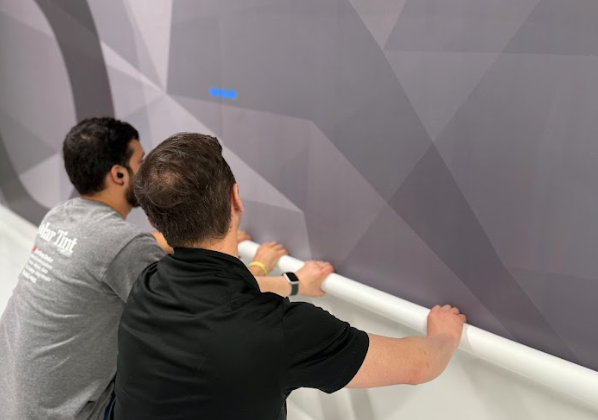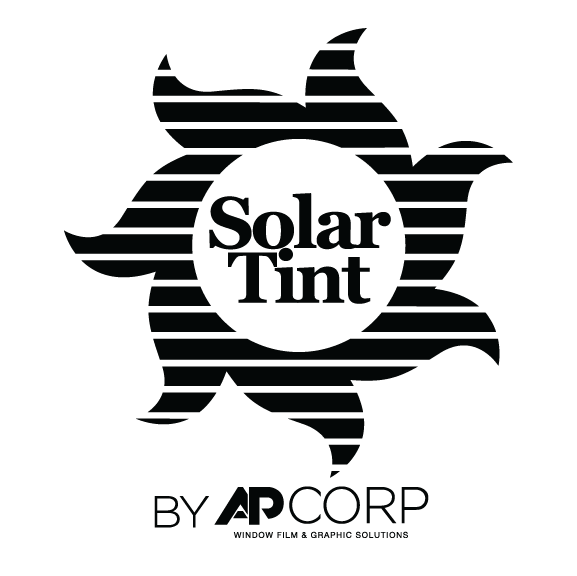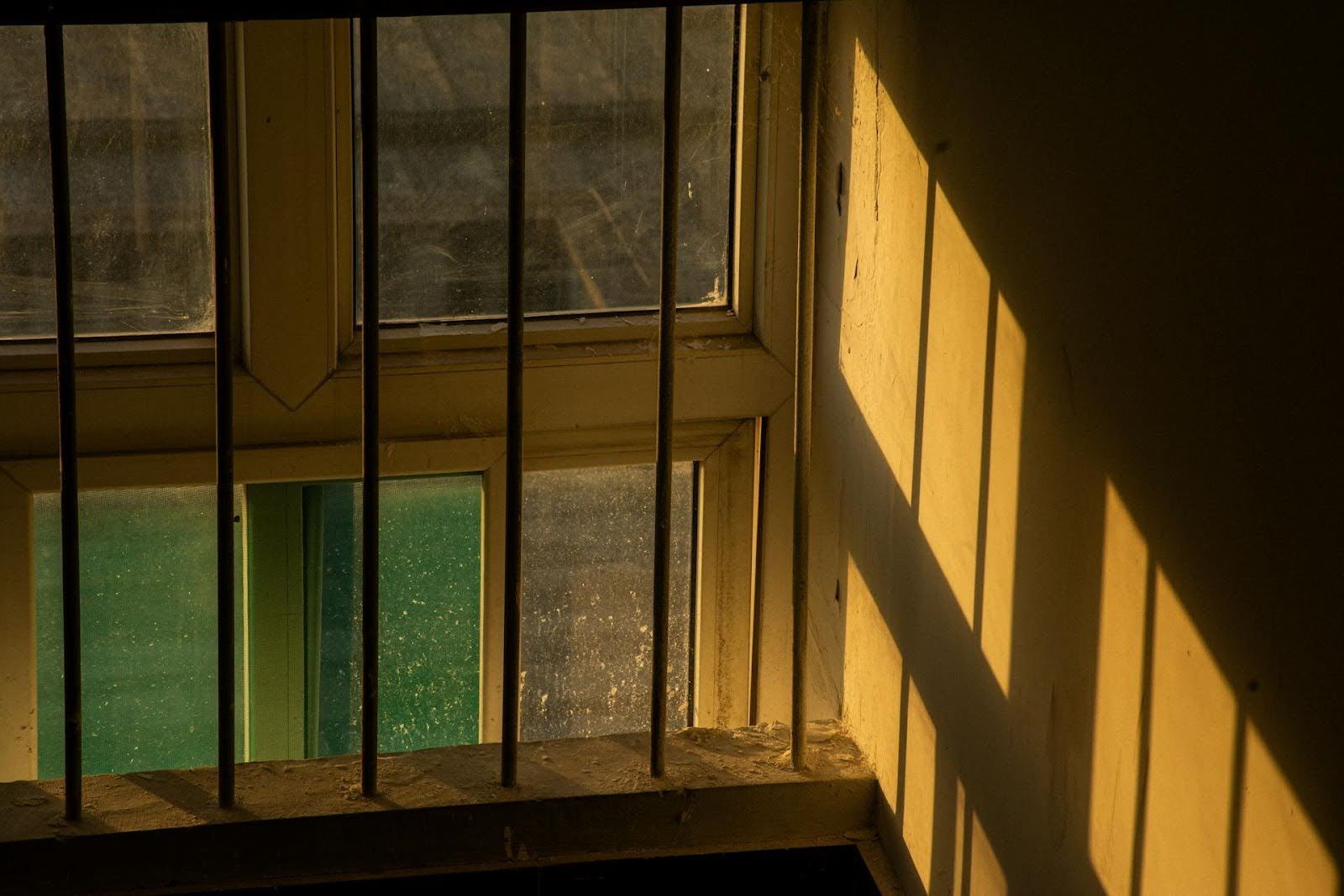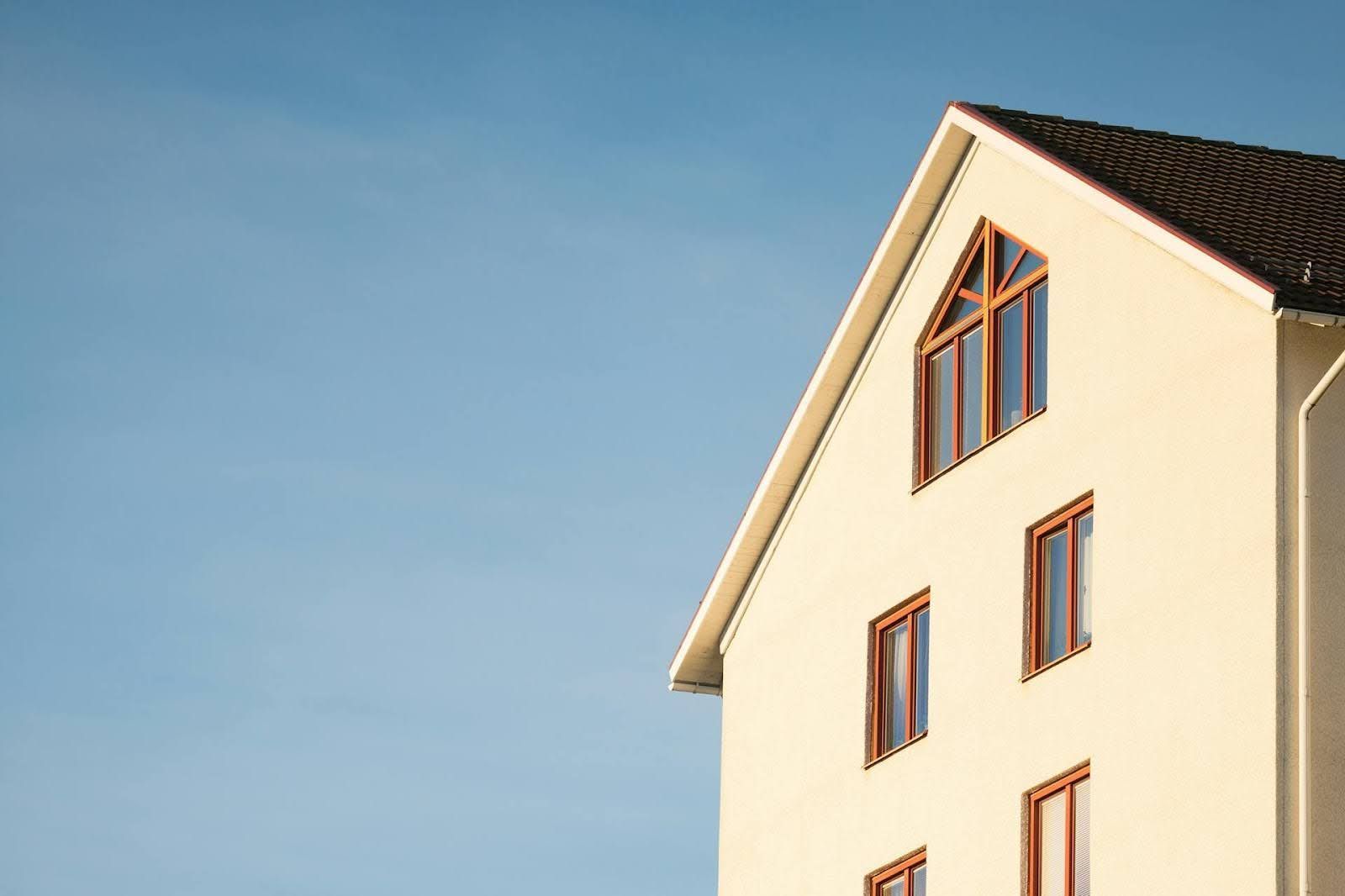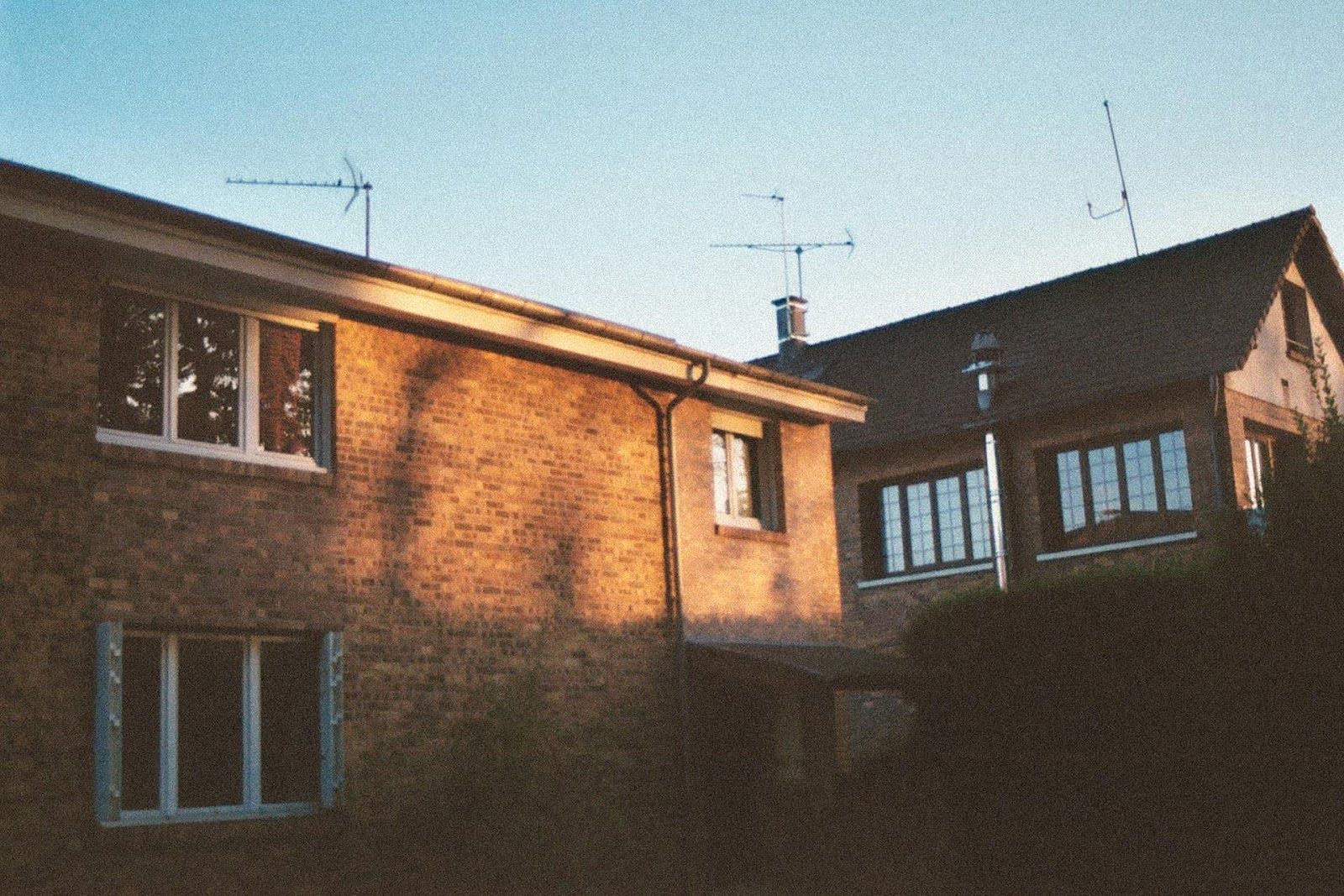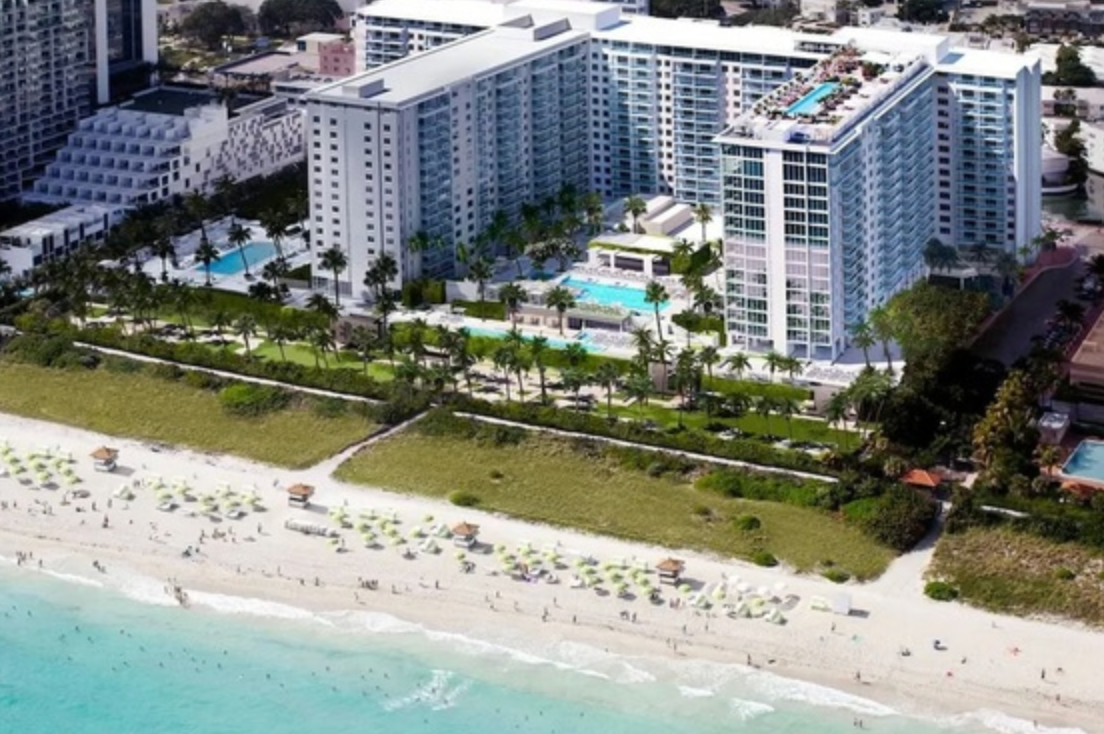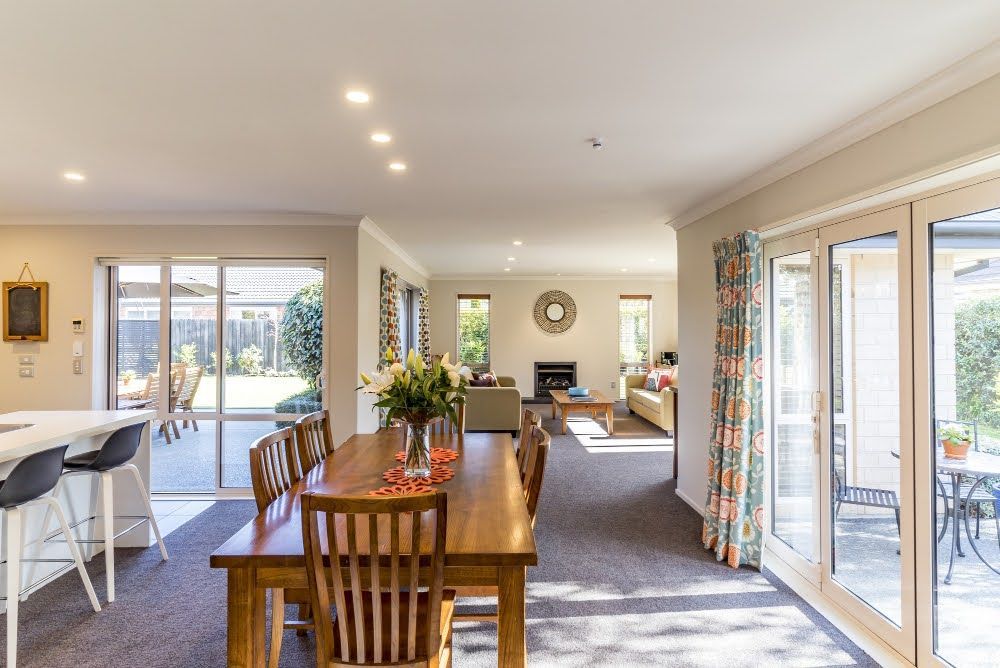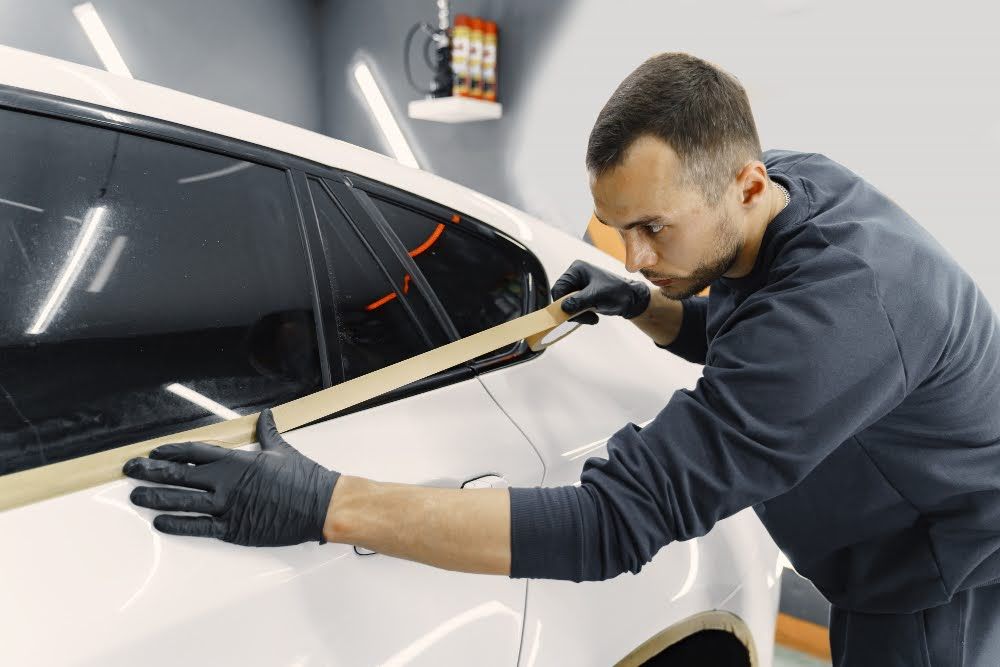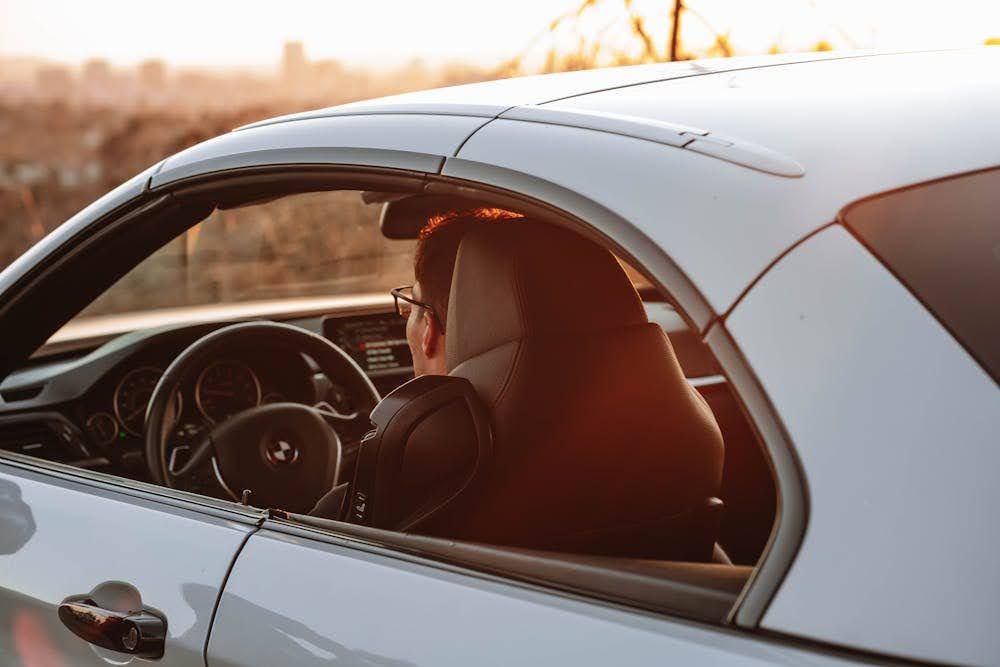Professional vs. DIY Window Tint: When Cutting Corners Costs More Than You Think
Window tinting is one of those upgrades people often assume they can handle on their own. After all, how hard can it be to stick a film onto glass?
A quick online search yields dozens of DIY kits promising professional-level results at bargain prices.
When it comes to professional vs. DIY window tint, the difference goes far beyond convenience. It impacts how your windows look, how long the film lasts, and ultimately, how much money you save-or lose-over time.
If you’re weighing whether to tackle the project yourself or hire an expert, it’s worth taking a closer look at what you’re really getting in each scenario.
The Appeal of DIY Window Tint Kits
DIY tinting kits exist for a reason. They’re cheap, widely available, and marketed as simple solutions for privacy, glare reduction, and heat control. For car owners or homeowners on a tight budget, it’s tempting.
Most kits cost a fraction of what professional installation does, and some even come with pre-cut film tailored to specific car models. Add in a handful of tools such as a spray bottle, a squeegee, and a heat gun, and you’ve got the makings of a Saturday project.
However, what these kits rarely mention are the fine details: the learning curve, the limitations of the film, and the fact that one mistake can render the material unusable altogether.
What Actually Happens With DIY Tint
On paper, DIY seems straightforward. In practice, it’s rarely that smooth.
Common Issues With DIY Installs:
- Bubbles and wrinkles – Without experience, it’s tough to eliminate every
window tint bubble or crease, especially across large windows.
- Peeling edges – Film that isn’t cut precisely or sealed correctly can peel away after just weeks in the sun.
- Poor adhesion – DIY kits often use lower-grade adhesives that don’t bond as cleanly to glass.
- Limited lifespan – In Florida heat, especially, cheap tint can fade, turn purple, or delaminate quickly.
- Legality concerns – DIY installers often misjudge state tint laws, leading to windows that are too dark or reflective.
And here’s the kicker: once the film is applied incorrectly, it can’t just be adjusted. You often have to strip it off entirely and start over, which means buying a new kit or, ironically, paying a professional to fix the job.
The Professional Difference
Now let’s look at the other side of the professional vs. diy window tint debate. When you hire a professional installer, you’re not just paying for film and labor; you’re paying for precision, experience, and access to higher-quality products.
What Professionals Bring to the Table:
- Premium materials – Reputable installers use advanced films like
ceramic or carbon that outperform anything you’ll find in a DIY kit. These block more heat, reject UV rays, and resist fading.
- Flawless application – With years of experience, professionals know how to handle large glass surfaces, curved car windows, and tricky angles without leaving bubbles or uneven seams.
- Proper tools – Industrial-grade cutters, heat equipment, and application methods allow for perfect alignment and adhesion.
- Legal knowledge – Professionals stay up to date on
state and local tint laws, ensuring you don’t risk fines or a failed inspection.
- Warranty protection – Quality films installed by certified pros often come with warranties against bubbling, peeling, or discoloration—something you’ll never get from a DIY kit.
The difference is visible immediately: clean edges, consistent appearance, and long-term performance.
When DIY Actually Costs More
On the surface, DIY looks like a money-saver. But here’s how costs often stack up:
- DIY kit: $30–$80
- Extra tools (heat gun, razor, squeegees): $40–$100
- Redo costs (if bubbles or peeling occur): Another $30–$80
- Professional fix: $200–$400 (to strip and reapply correctly)
Suddenly, that “cheap” job can cost more than hiring a pro in the first place. And that’s without factoring in your time! It often takes several hours of painstaking work under less-than-ideal conditions.
The Long-Term Impact
Choosing a professional installer over DIY isn’t just about the short-term look; it’s about performance years down the line. High-quality films:
- Reduce interior heat by up to 50%
- Protect furniture, flooring, and vehicle interiors from fading
- Block 99% of harmful UV rays
- Last for years without discoloring or peeling
Lower-quality DIY films simply can’t match that level of durability or protection. Over time, the difference shows up in higher cooling bills, damaged interiors, and more frequent replacements.
When evaluating window tint cost, professional installation offers superior long-term performance and fewer headaches.
Why Businesses Never Cut Corners
Commercial clients know that professional-grade films and expert installation protect their investment and enhance their brand.
The same principle applies on a smaller scale for homeowners and drivers. Whether it’s a living room with direct sun exposure or a car parked daily in Florida heat, cutting corners usually leads to regrets.
The Bottom Line
When comparing professional vs. diy window tint, the contrast is clear. DIY might seem cheaper upfront, but it comes with a high risk of mistakes, shorter lifespans, and costly do-overs.
Professionals deliver precision, legal compliance, and films that actually do what they promise: keeping interiors cooler, reducing glare, and protecting against UV damage for years.
At Solar Tint Inc., we’ve built our reputation on helping clients avoid costly mistakes and enjoy the real benefits of premium window film.
Whether you’re protecting your home, business, or car, our expert installers deliver the best window tinting services Miami has to offer, ensuring flawless application and long-term performance that DIY kits simply can’t match.
Ready to skip the headaches and get it done right the first time? Contact Solar Tint Inc. today and let us help you choose the right film for your needs!
